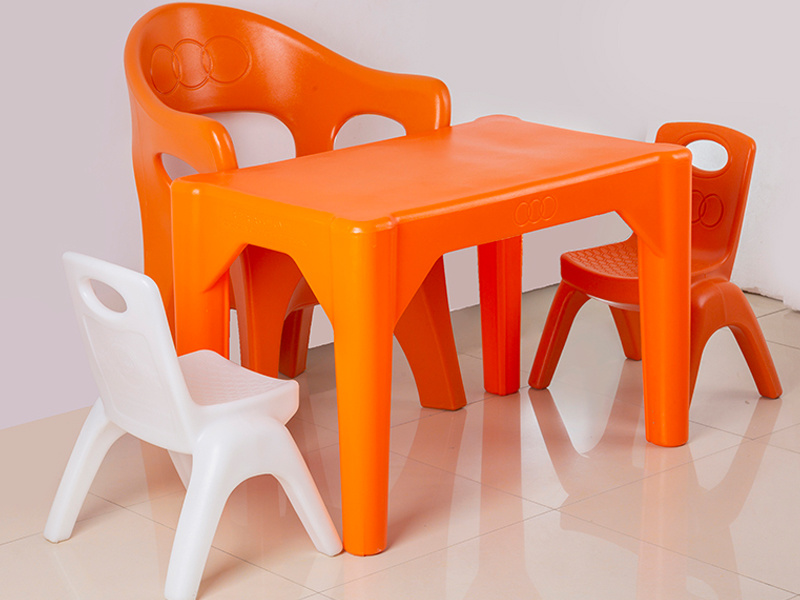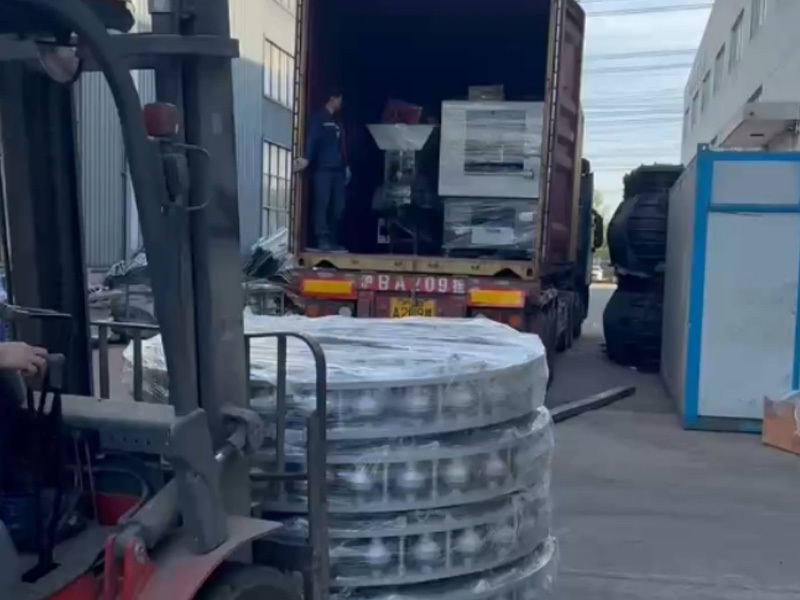Rotational molding process is not as simple as it seems.
Release time:
2021-07-19
Rotational molding, also known as rotomolding, rotational forming, or rotary molding, is a process where plastic raw materials are first added to a mold. The mold then continuously rotates along two perpendicular axes while being heated, allowing the plastic materials inside to gradually and evenly coat, melt, and adhere to the entire surface of the mold cavity under the influence of gravity and thermal energy, forming the desired shape. After cooling and solidifying, the product is demolded to obtain the finished item.
Rotational molding, also known as rotomolding, rotational forming, rotational molding, and revolving molding, is a process where plastic raw materials are first added to a mold. The mold then continuously rotates around two perpendicular axes while being heated, allowing the plastic raw materials inside the mold to gradually and evenly coat and melt onto the entire surface of the mold cavity under the influence of gravity and thermal energy, forming the desired shape. After cooling and solidifying, the product is demolded to obtain the finished item.
The processing process of rotational molding.
The rotational molding process typically consists of several basic operations, including feeding, heating, cooling, demolding, and post-processing.
During the heating process, the mold is heated while rotating around two perpendicular axes, transferring heat to the materials inside the mold. The materials inside the mold are subjected to friction between each other and dragging against the inner surface of the mold during the tumbling process, causing the materials in the pool to move towards the upper part of the mold wall. This movement continues until the force is insufficient to overcome the gravitational force acting on the materials, at which point the materials cross over the top of the material pool to reach the opposite mold wall. During the rotation of the mold, the materials do not follow the mold in a complete 360-degree rotation. The dynamic repose angle is typically used to characterize the position where the material powder falls, which is related to the mold's rotation speed and the shape and viscosity of the materials, generally controlled between 25-50 degrees. The materials inside the mold achieve mixing and heat exchange in the following ways: one is that the materials periodically move from one position on the inner surface of the mold to another; the other is the shear motion of the materials. As the temperature of the mold rises, the materials close to the inner surface of the mold are melted first, gradually forming a thin molten layer on the mold wall, while heat continues to transfer to the center through the molten layer. This allows the materials to continuously adhere layer by layer to the mold wall, resulting in a smooth surface when all the materials are melted and adhered to the mold wall. When the heating of the mold is complete and it enters the cooling stage, the melt inside the mold begins to solidify and take the desired shape. The post-processing may include cutting, drilling, trimming, shaping, and assembly. After cleaning and applying a release agent, the mold is loaded for the next cycle.
Let's summarize the characteristics of the rotational molding process:
The rotational molding process uses powdered or liquid raw materials, rather than the granular materials commonly used in the plastics industry; during the shaping process in the mold, the materials are only influenced by gravity and do not require additional external forces, so the products produced theoretically have no internal stress, making them more suitable for long-term use; the stress on the rotational molding mold is relatively small, thus requiring lower material quality for the mold.
Molds can be composed of two or more pieces, and there are no restrictions on shape and size; during the processing, the mold continuously rotates around two vertical axes. (That's why it's called rotational molding!) Based on the above characteristics of the rotational molding process, we can identify its advantages, including: low mold costs and short development time; for systems composed of multiple components, using the rotational molding process can reduce time and operations; the rotational molding process is not limited by size; it can be applied to hollow open or closed products; it can produce multi-layer products (of the same or different materials); it can easily produce products with patterns and other decorations; it can easily set up embedded components; the finished products have no welds or stress concentration areas; there is no waste generated during production; it can easily control the uniform wall thickness and expected weight of the products; and the products have no internal stress, making them more durable.
Products can easily be produced with decorative patterns; embedded components can be easily set; finished products have no welds or stress concentration areas; no waste is generated during production; uniform wall thickness and expected weight can be easily controlled; products have no internal stress, thus making them more durable.
Next
Previous Page
Next Page















